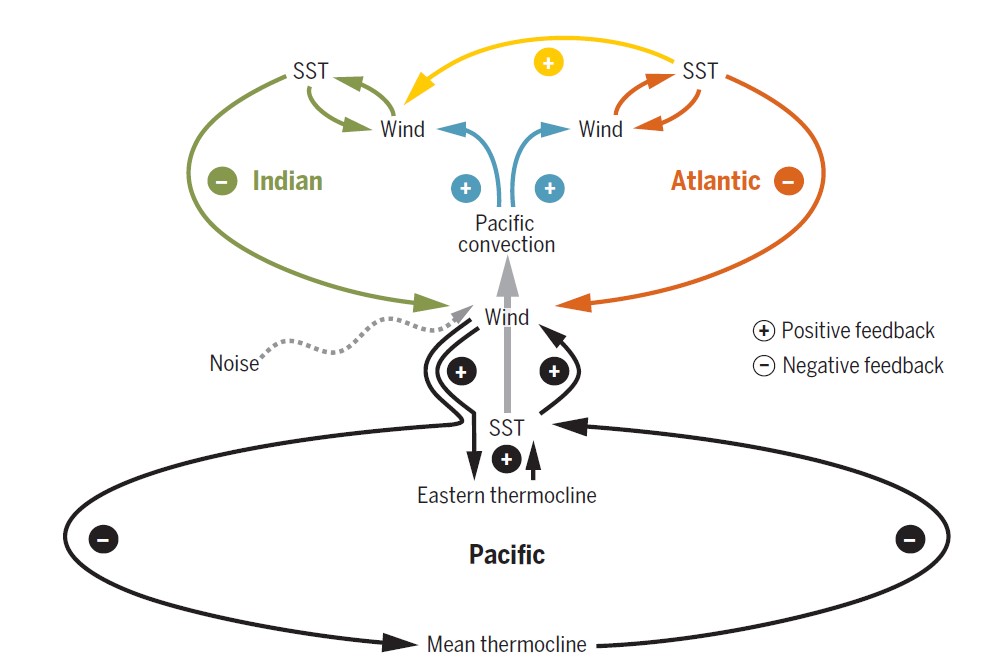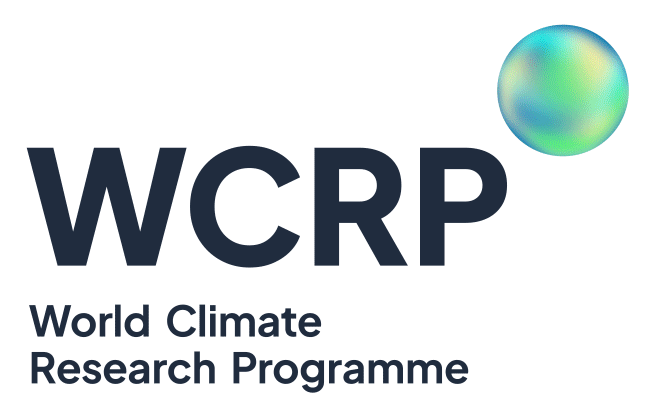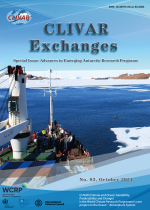Pantropical climate interactions, more vigorous than previously thought

Figure: A schematic illustration of pantropical feedbacks affecting ENSO. The black loop represents internal Pacific fast positive feedbacks (short arrows) and delayed negative feedbacks (long arrows). Interbasin feedbacks include Pacific feedbacks onto the Atlantic and Indian Oceans (blue arrows), delayed negative feedbacks of the Atlantic and Indian Oceans onto the Pacific (orange and green arrows, respectively), and positive feedbacks of the Atlantic onto the Indian Ocean (yellow arrow). The effects of atmospheric noise forcing in the Pacific are indicated by the grey dotted line.
The El Niño-Southern Oscillation (ENSO) affects the rest of the world’s tropics by perturbing global atmosphere circulation, inducing anomalous Sea surface temperatures over the tropical Indian Ocean and Atlantic Ocean. The associated wind variations in the Indian Ocean and in the equatorial and north tropical Atlantic in turn contribute to ENSO dynamics. In addition, the tropical interbasin linkages vary on decadal time scales. Warming during a positive phase of Atlantic Multidecadal Variability over the past two decades has strengthened the Atlantic forcing of the Indo-Pacific, leading to an unprecedented intensification of the Pacific trade winds, cooling of the tropical Pacific, and warming of the Indian Ocean. The Indo-Pacific temperature contrast further strengthened the Pacific trade winds, helping to prolong the cooling in the Pacific during the recent hiatus. These results, among other perspectives, are reported in a Cai et al. Science review article (http://science.sciencemag.org/content/363/6430/eaav4236), 1 March 2019.
“The paper provides a timely and comprehensive view on the nature of pan-tropical climate connections , discusses potential implications for seasonal to multi-year climate predictability and greenhouse warming projections, and identifies clear pathways toward further understanding and model improvement.” said Dr Axel Timmermann, Director of IBS Center for Climate Physics, Busan, Korea.
Ocean-atmosphere interactions in the tropics have a profound influence on the climate system. ENSO is the most prominent and well-known year-to-year variation on Earth. Because ENSO is so strong, it can excite other modes of climate variability in the Atlantic and Indian Oceans by altering the general circulation of the atmosphere. Whether the Atlantic and Indian Oceans can significantly feed back onto Pacific climate has been an ongoing matter of debate. The evidence presented in the paper shows that the tropics, as a whole, are a tightly interconnected system, with strong feedbacks from the Indian Ocean and the Atlantic Ocean onto the Pacific. These two-way interactions affect the character of ENSO and Pacific decadal variability and shed new light on the recent hiatus in global warming. “The paper offers a summary of new perspectives about forcing of El Nino diversity from outside the Pacific Ocean,” said Dr Antonietta Capotondi, co-Chair of CLIVAR Pacific Region Panel.
**************************************************************************
Cai, W., Wu, L., Lengaigne, M., Li, T., McGregor, S., Kug J-S, ..., Chang, P. Pantropical climate interactions, Science Vol. 363, Issue 6430 (2019).














Add new comment